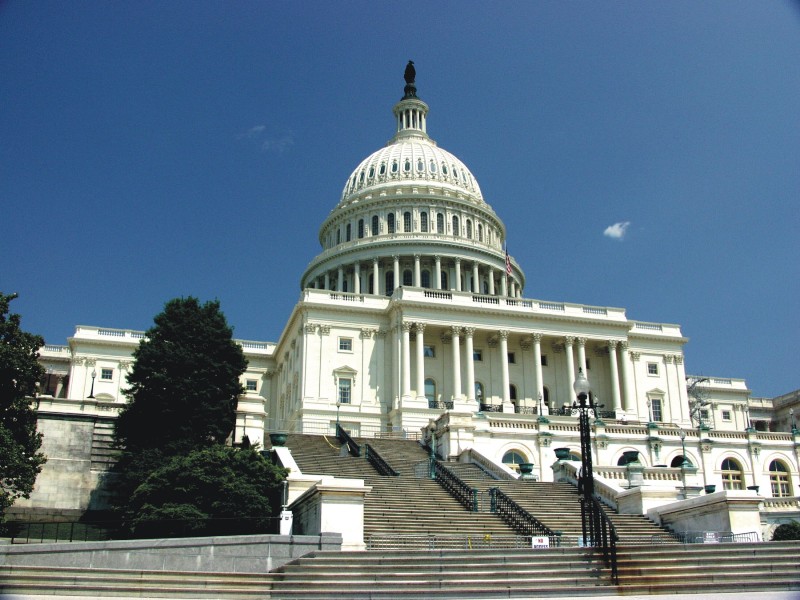Even while most members of Congress are getting ready to head back home for a long August recess, it’s getting to be crunch time in Washington where the Farm Bill is concerned. Leaders in the House and Senate will be conferring in the coming weeks, both formally and informally, about how to iron out the differences between the farm bill versions that passed earlier this summer. Dairy policy will be one noticeable point of contention. The choice about which way to go will come down to whether lawmakers want to move forward, or repeat the unfortunate past.
Both the Senate and House farm bills replace the long-standing programs that processors have advocated eliminating: the MILC direct payment program, the price support program, and the Dairy Export Incentive Program. With NMPF’s endorsement, these programs are not going to be resurrected with a new farm bill.
In place of these ineffective programs, both the Senate and House bills establish a form of margin insurance, allowing farmers to use risk management tools to protect themselves against low milk prices, high feed costs, or the combination. The Senate’s bill couples margin insurance with market stabilization; the House does not. So, the critical question is whether margin insurance, on its own, will be a sustainable, affordable dairy policy. History tells us the answer is no.
Some still involved in the dairy business today will recall the history lesson that I’m imparting. In the late 1970s, Congress and the U.S. Department of Agriculture boosted the level of the price support program significantly. By 1980, it was hard to lose money milking cows. Production exploded in response. Absent any means to mitigate milk output, a white sea spilled forth, for which there was no commercial market. By the mid-1980s, the USDA was buying 14% of the nation’s milk output.
And the cost of this well-intentioned but misguided dairy program was astronomical. From 1977-79, price support costs averaged $247 million per year. By 1981-83, program costs averaged $2.2 billion…nearly 10 times higher. It took a series of efforts, including the use of a diversion program, a national promotion checkoff, and a whole herd buyout, to get costs under control.
Thus, the debate this summer over whether to use market stabilization to disincentivize milk production when margins are poor, as featured in the Senate’s Dairy Security Act, is not merely an academic exercise. We’ve seen this show before. The wrong market signals – or in the case of the House bill’s Goodlatte-Scott program, no signals at all – will have costly and far-reaching consequences.
In addition to added costs to taxpayers, farmers would suffer painful, prolonged periods of low margins. Making matters worse, farmer-owned cooperatives would face a huge logistical and economic burden balancing the market, in the face of a chronic oversupply of milk from those taking advantage of a government-sponsored, 1970s-style production boondoggle.
We’ll know more after Labor Day about how the question will be answered regarding which path Congress will choose. It’s been said that those who forget history are condemned to repeat it. Most in Congress are unfamiliar with the past 35 years of dairy program history. Shame on those of us, who have better memories, if we don’t remember and share history’s lessons at this crucial point in time.

 Stress Importance of Trade in Safe Foods
Stress Importance of Trade in Safe Foods From Jerry Kozak, President and CEO, NMPF:
From Jerry Kozak, President and CEO, NMPF:



